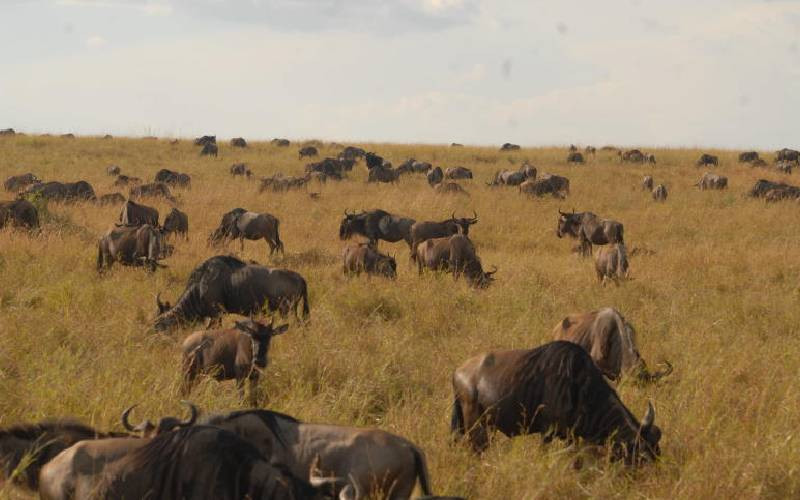
The ground trembles and clouds of dust swirl as large herds thunder across the African savanna. The annual migration of 1.3 million wildebeests through Tanzania's Serengeti and Kenya's Maasai Mara attracts hundreds of thousands of tourists, the phenomenon putting Serengeti on UNESCO's list of World Heritage Sites.
As the animals cross the Mara River, a number are picked off by lions, hyenas and crocodiles, but the march continues, the animals egged on by new grass shoots in Kenya's Masai Mara. The migration of this emblematic species is important for the ecological functioning of ecosystems.